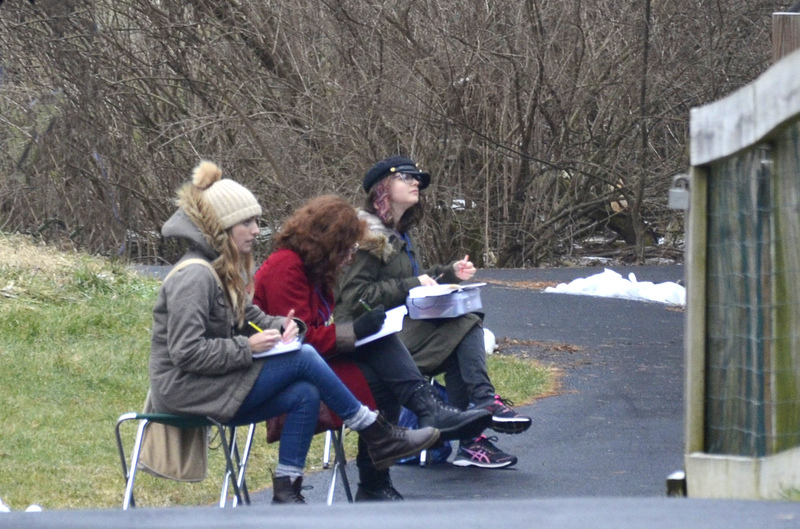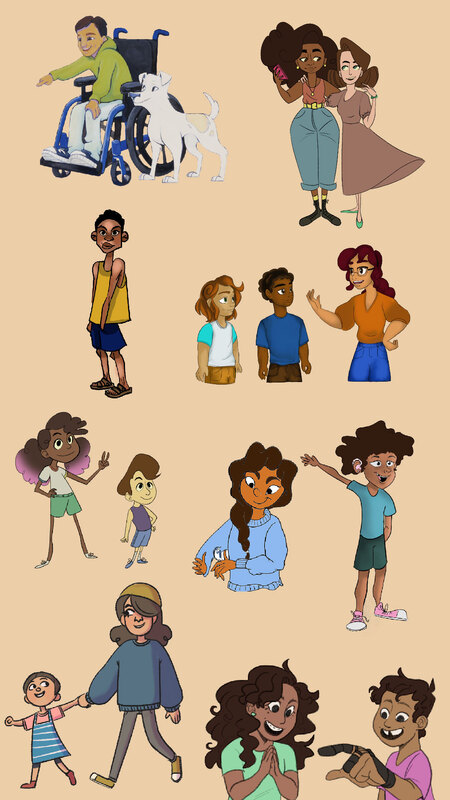Project Overview
Diversity
One unique thing about the Conservation Tales team is the numerous roles that our team has. We have educators, biologists, animators, photographers, and graphic designers. This blend of different specialties and backgrounds gives us opportunities to work with people we normally wouldn't in a conventional classroom setting. Science is passed on to the artists, and art is passed on to the scientists. We are constantly learning from each other, and deepening our understanding of how we can work with people unlike ourselves.
Like our team, we focus on diversity in our Conservation Tales characters. The representation of different ethnic groups and disabilities in the scientific community is incredibly important. We also represent the scientists that we meet in the field in their true forms. We want to show kids that no matter what they look like or who they are, they can be a scientist.
This strange conglomeration of people and ideas really help us to be able to connect the story to our audiences. The science majors provide expertise in the contents of the book through research, and the art majors bring the books to life visually. We do all of this through the help of our external partners, including Ball State University, the Indianapolis Zoo, and more.

Conservation Tales team talking to a zookeeper at the Indianapolis Zoo

Conservation Tales team sketching tigers at Black Pine Animal Sanctuary
Team in the field
Our team of students gets to go behind the scenes to get an up-close look at the animals we are writing about. This involves talking to scientists and researchers in the field. When we talk to these individuals, our team gets to ask questions and learn more about our featured species from a primary and specialized source, which influences the science and writing we put in our books. We also get the opportunity to watch these scientists work in the field, getting to experience firsthand what they do and what their work truly entails.
Along with getting to know the scientists and researchers, our group also gets to journey out beyond the walls of the classroom to experience our species in their native habitats, or in zoos. This gives us the chance to get photos and sketches of these animals in person which greatly improves how we understand and portray them in our books.
Once we have our book's content and imagery put together, we use them to help educate minds on conservationism and what they can do to help keep these species safe and thriving. We also have fun activities that our findings and research help us to develop.

